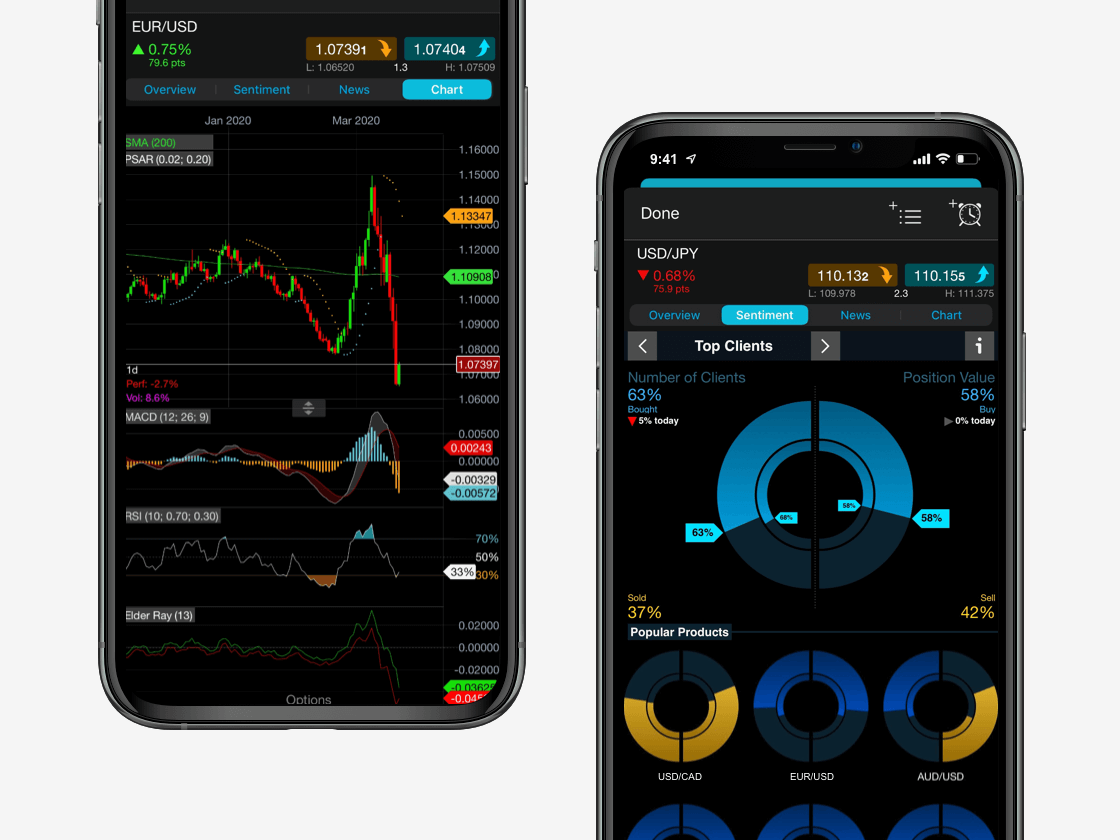Demand for silver is driven by industries that use the precious metal as well as general market speculation on the price of the metal. If demand is high from these participants, the price of silver rises. If demand is low, the price will fall.
Our Next Generation trading platform allows investors and traders to monitor the price of silver by simply typing in “Silver” into the product library search box. The term “Silver – Cash” shows our current price of silver, which fluctuates constantly on the open market.
Silver miners are affected by the price of silver since the open market price determines how much they can sell their silver for. As silver prices fall, most silver miner stocks may also fall since profits are likely to drop. If silver prices are rising, this will generally help push silver miner stocks higher. A stock’s market cap also rises and falls with these swings, as each share outstanding is worth more or less.
Individual companies are also affected by how much silver is expected to be produced and how much is actually made. If a company can extract more silver than expected, or a new mine could potentially produce more silver than published estimates (from the company or based on stock market analyst’s research), this could drive up the price of the stock, since the company will be able to extract and sell more silver, thus increasing its profits.
Similarly, if a company produces less silver than expected, or silver production is below published estimates, this may drag down the price of the stock.
The gold/silver ratio may also affect the price of silver mining stocks. The ratio is the price of silver in relation to the price of gold and may help determine which metal will be more favourable to sell in the future. For example, if the ratio is high (compared to historic values), then silver may be more in demand over the coming months and years until the ratio moves back to more average levels.



















